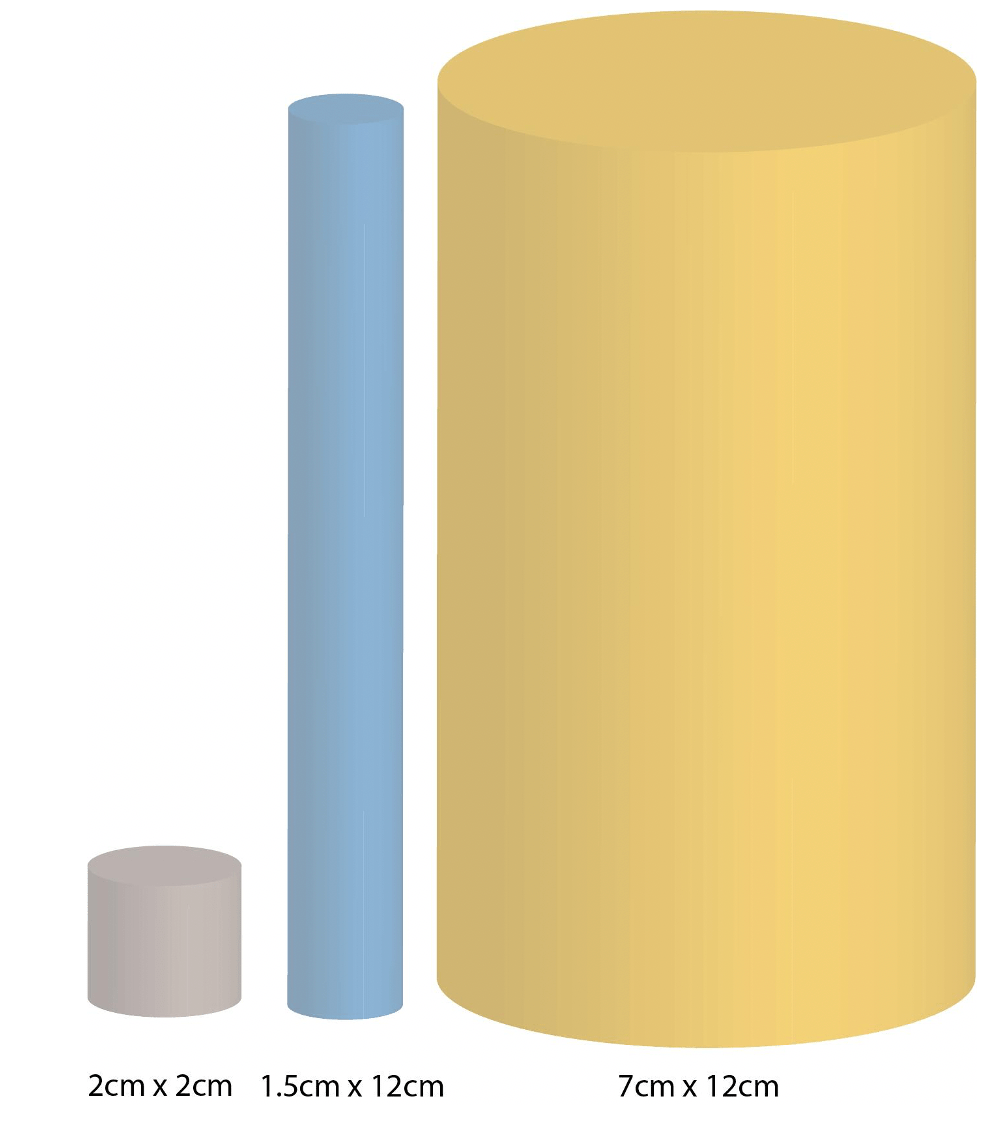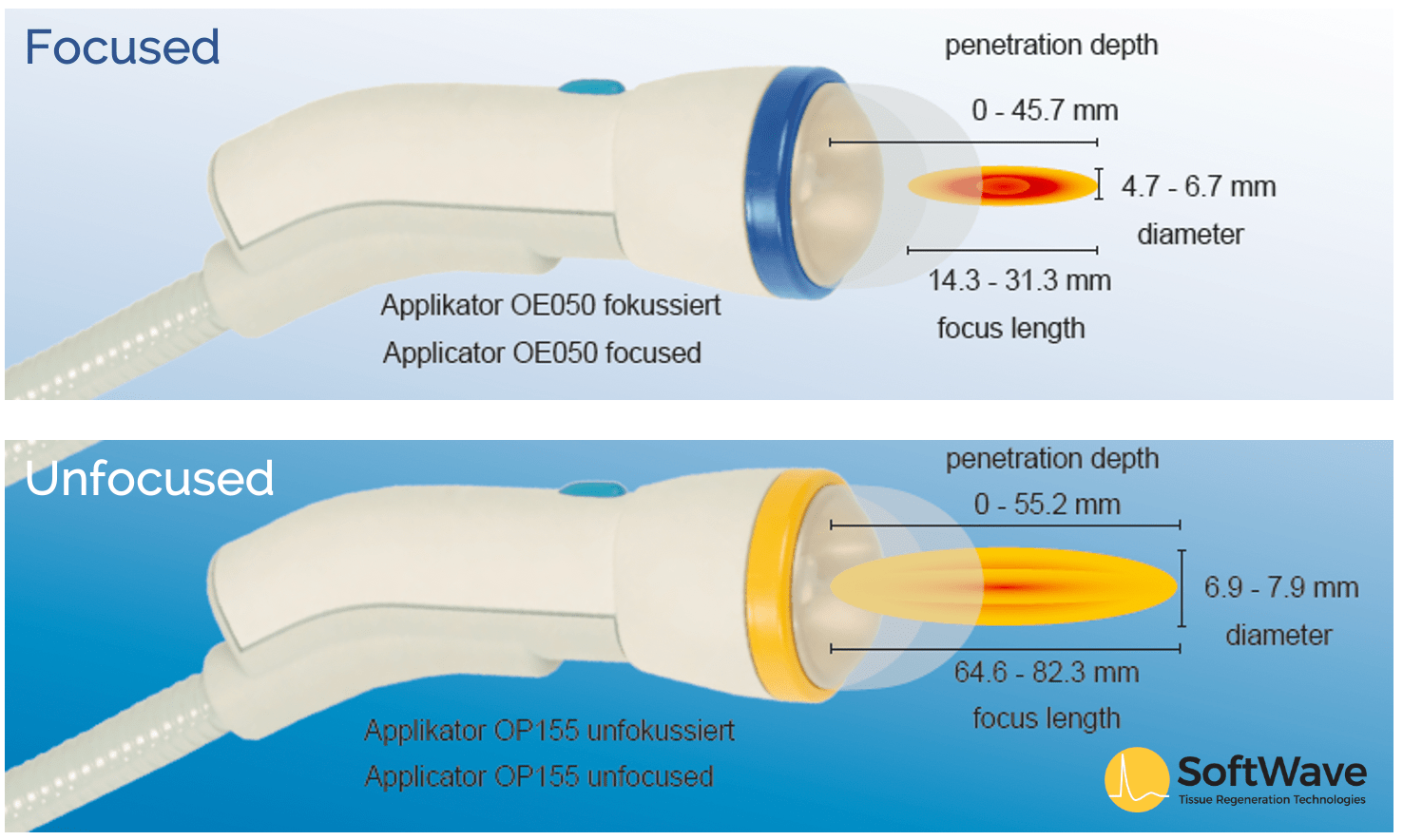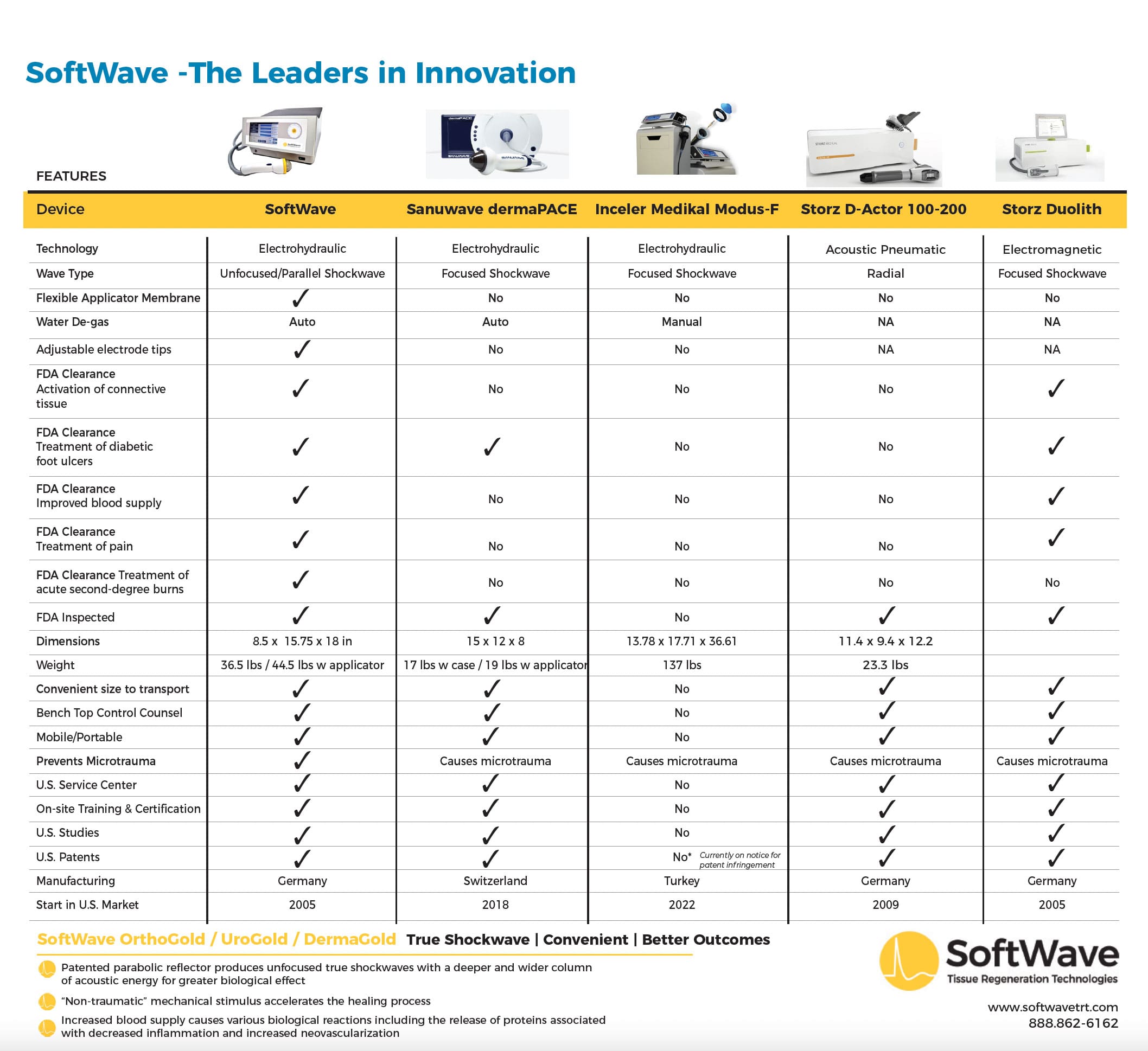Biological Regeneration
SoftWave Technology
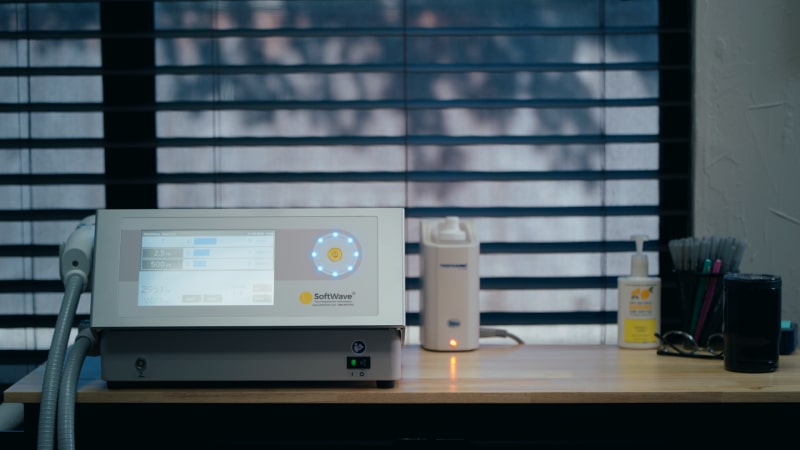
Advanced technology that heals
SoftWaves are created by means of a high-energy electrical discharge in water. The voltage is discharged between the opposing tips (plus and minus pole) of an electrode. The arcing or spark gap causes an equalization of voltage between the two tips of the electrode whereby a hot plasma bubble is created. This bubble explodes in all directions, compresses the surrounding water, and generates a pressure > 10 MPa within only a few nanoseconds (10-9 ns).
SoftWave low intensity, unfocused energy is delivered via our patented parabolic reflector applicator in the form of parallel waves. SoftWave technology offers the ONLY UNFOCUSED SHOCK WAVE on the market. Despite this electrohydraulic shock wave energy in water traveling 5 times faster (3355mph) than in air (767 mph), it does not cause microtrauma.
Our patented applicator is part of the SoftWave Difference

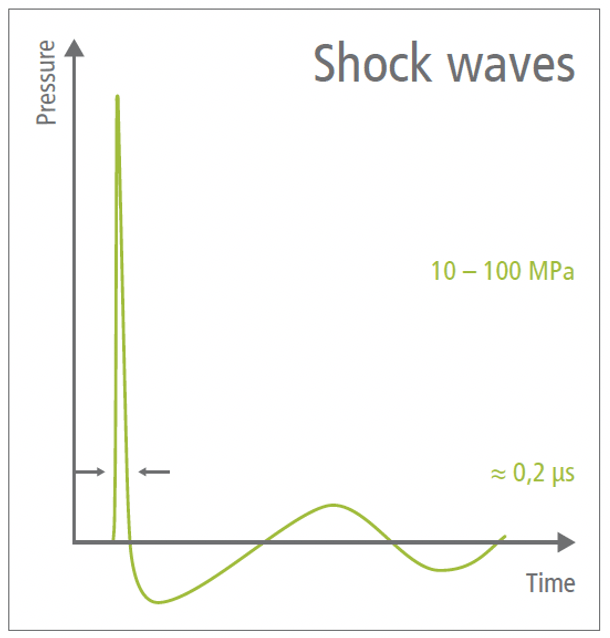

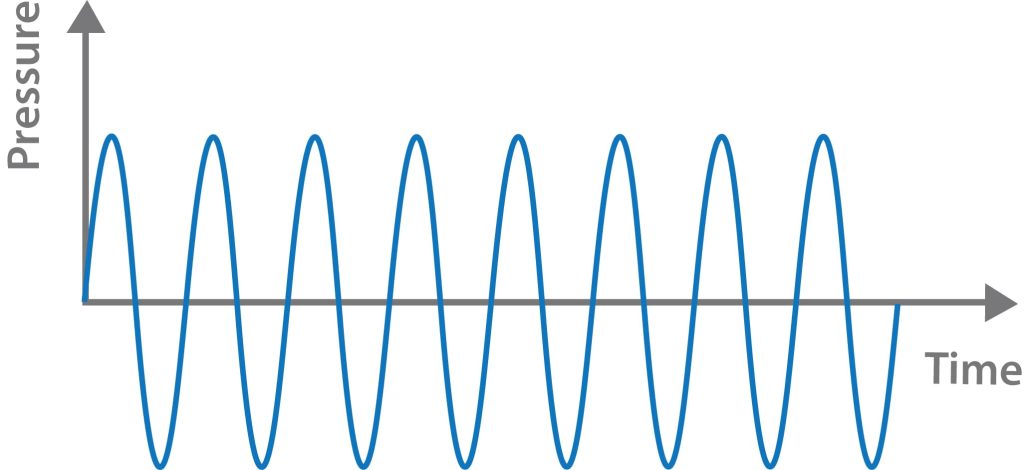
Softwave is a true shock wave
Shock waves are acoustic pulses with high positive pressure, fast and steep rise time followed by comparatively small negative pressure (tensile wave).
Radial pressure waves are acoustic pneumatic pulses with a low steeping effect, slow rise time with comparatively large negative pressure (tensile wave).
The waves are shallow and have the highest energy and pressure located directly at the applicator’s surface.
Ultrasound waves are periodic oscillations with narrow bandwidth and does not have peak pressure and fast rise times.
Better treatment outcomes with a wider and deeper treatment area
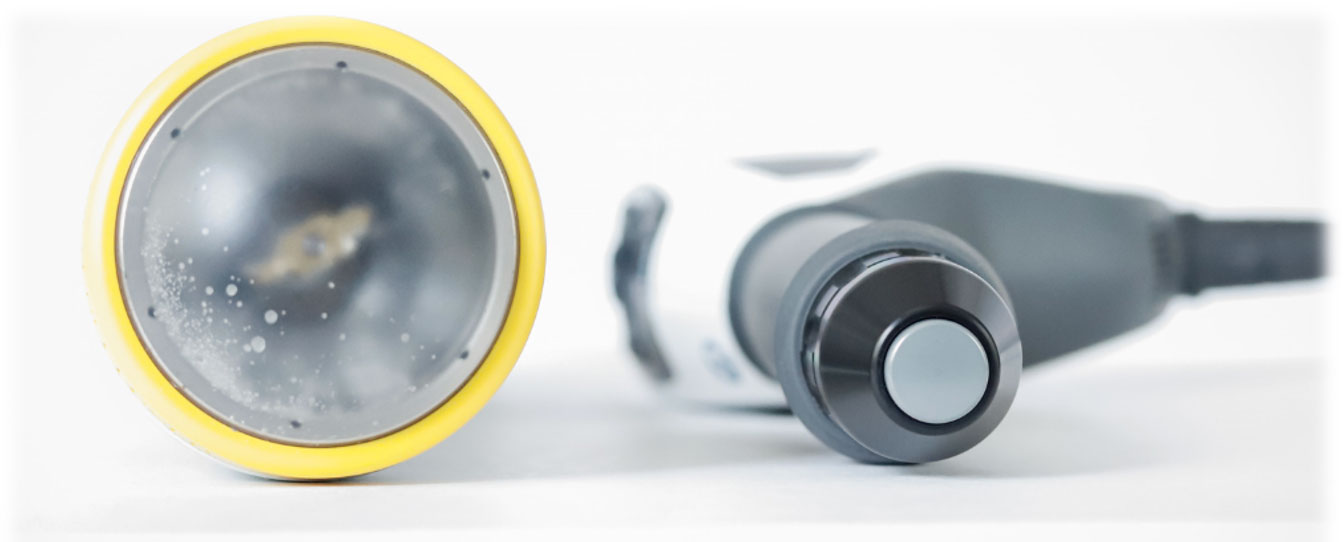
The column of acoustic energy is wide and deep with the patented SoftWave device.
By comparison, SoftWave can treat a wider and deeper treatment area.
